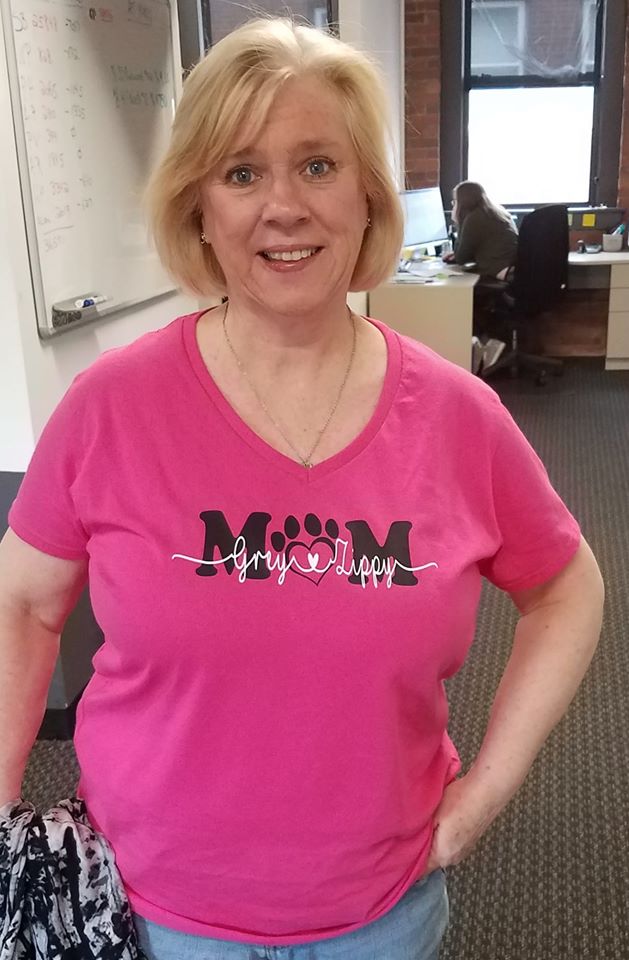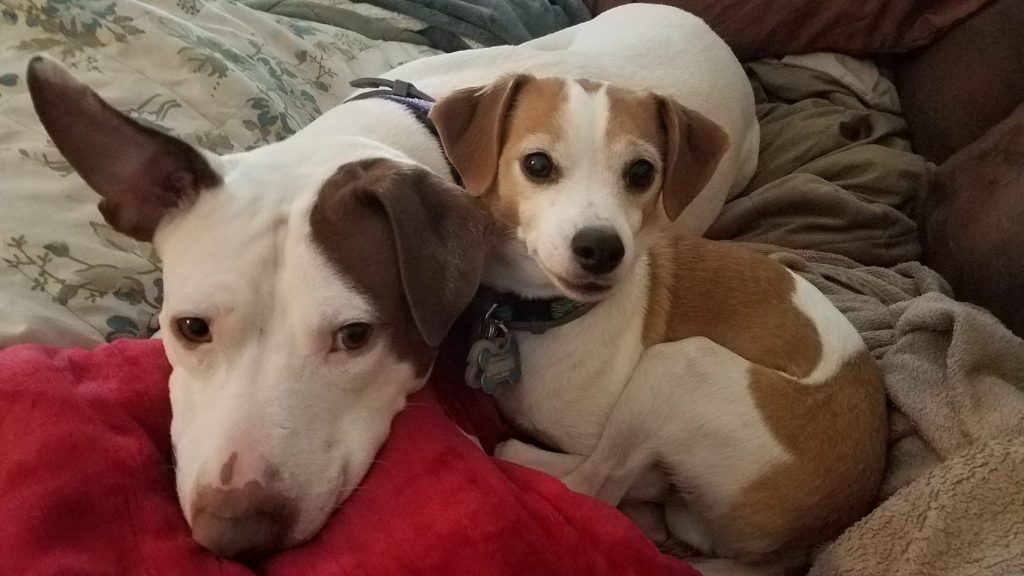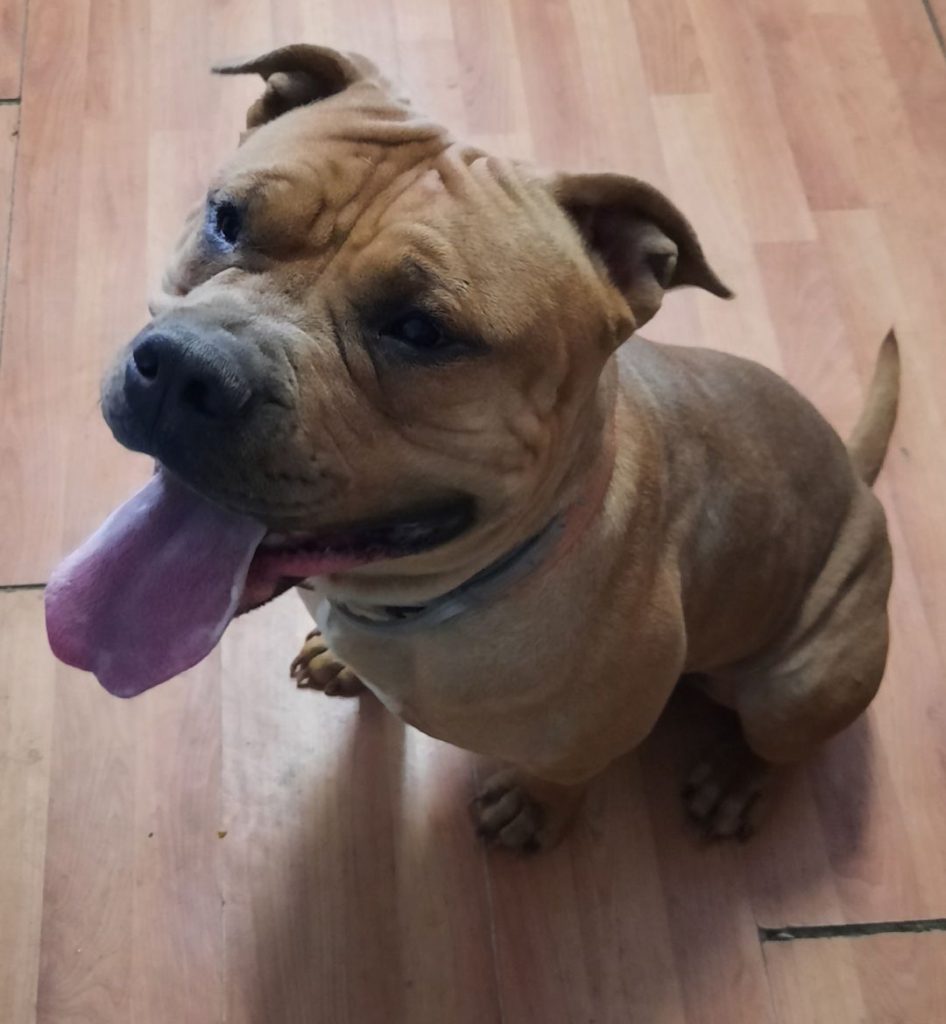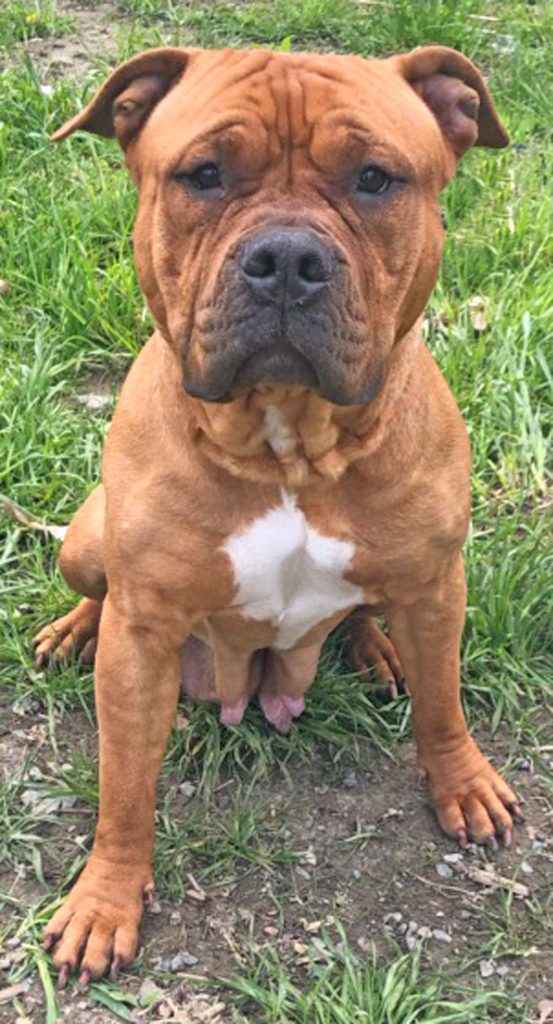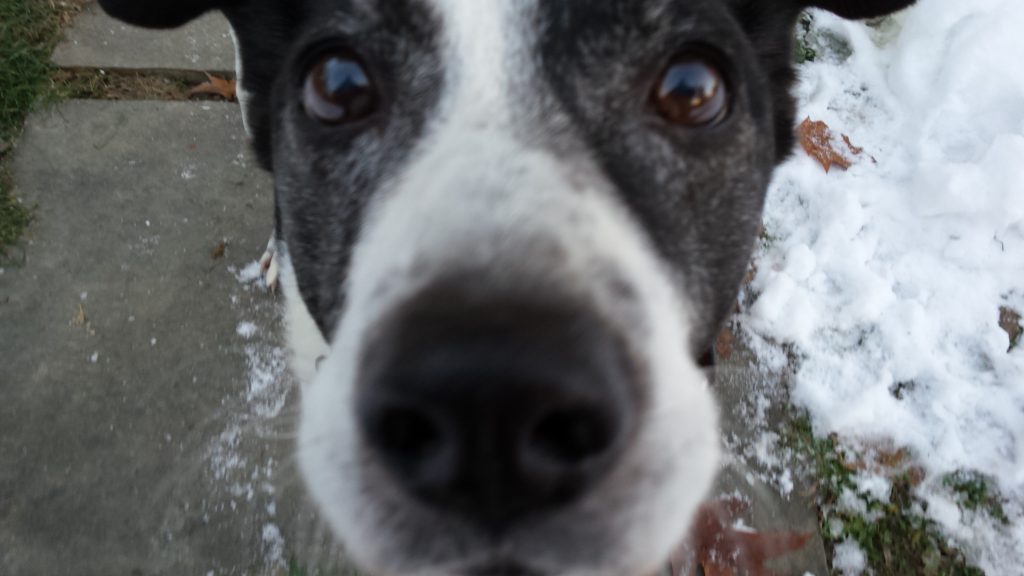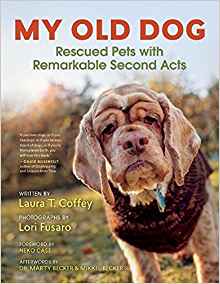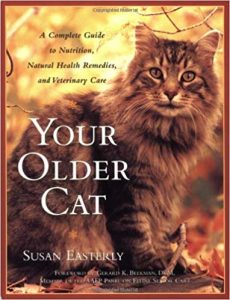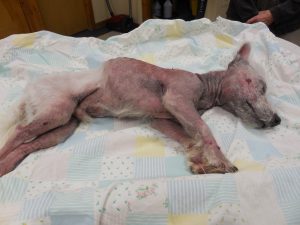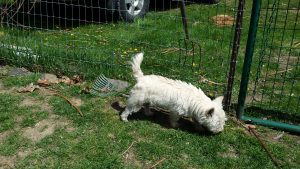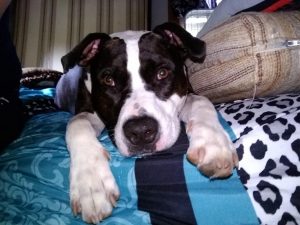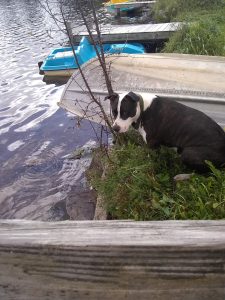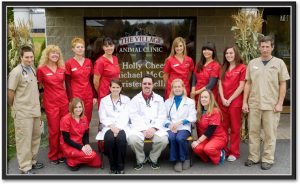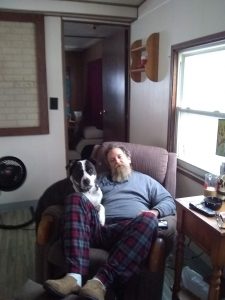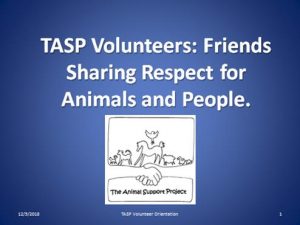Meet Erin O’Brien, TASP’s Berkshire Treasure
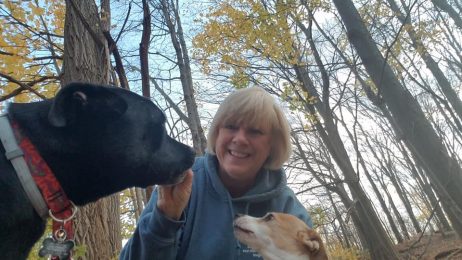
Those of you who have been participating in our Fantasy Pet Photo Clinics at Benson’s in Pittsfield already know Erin O’Brien as the ever-smiling, ever-joking ever-competent photog and computer operator who turns even the most incorrigible pet model into an absolute work of art. One Sunday each month, Erin meets us at Benson’s ready to set up and shoot our fund-raising photos that draw folks from all over Berkshire County.
From our first meeting, Erin understood immediately what it was TASP was trying to accomplish with our mission to keep pets out of the local shelters through pet crisis intervention and mitigation. And by the time we handed her Zippy’s very first Fantasy photo, we were signing Erin up to be a TASP volunteer. Since then, TASP is stronger and so much better off for having Erin on our team.
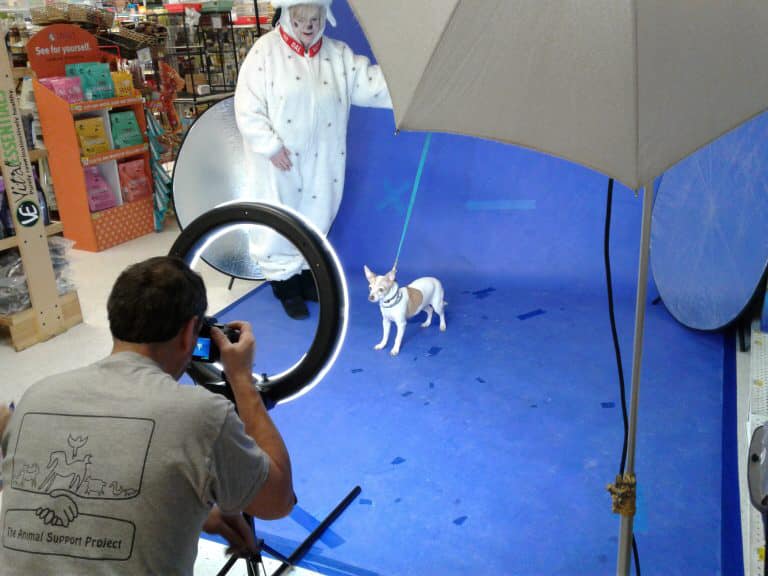
But don’t take our word for it, take it from Erin: “
“I stumbled across a TASP photo clinic at the Pittsfield Benson’s a few years ago and was so impressed with how patient Steve was with my dogs and how friendly the gang working the clinic was, that I volunteered to help out at future events.
Before you know it I had learned a ton about PhotoShop, how to photograph wiggly dogs, and how to set up and tear down the photo clinic equipment. But more importantly, I had met some of the best people I’ve ever encountered in the TASP family of volunteers. You are all so dedicated, talented, and hardworking. I’m impressed at every event with how much everyone does for animals in their spare time and not-so-spare time…….And of course, I’ve gotten to know some of the cutest, nuttiest, and sweetest animals and their loving pet parents. The regulars at our events are the best for how supportive they are of TASP and it is obvious how much they love their fur babies.”
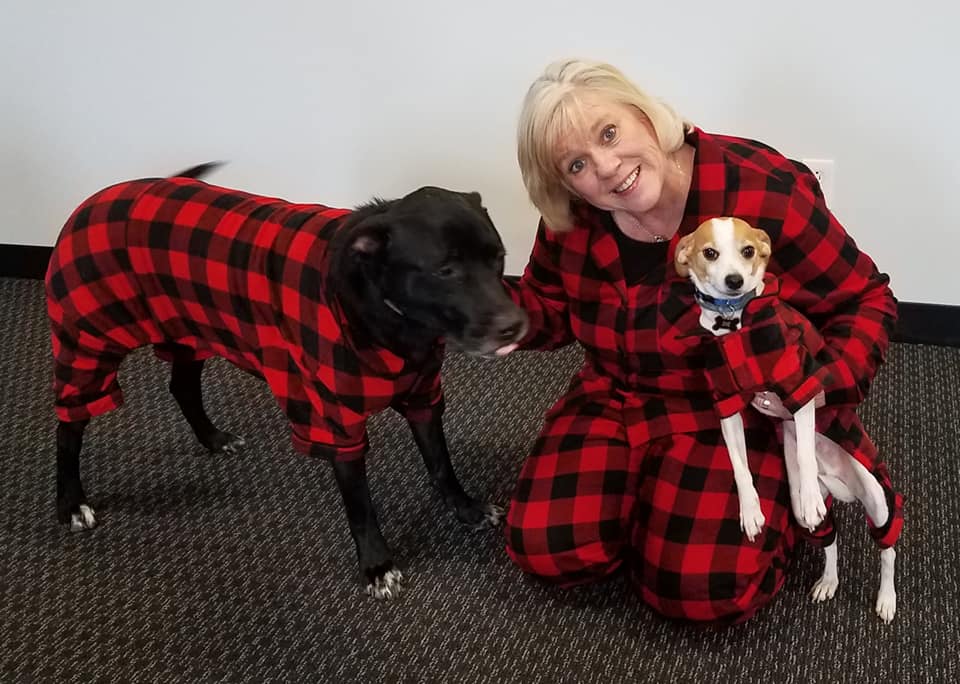
Not only is Erin a one-woman photo clinic, able to expertly handle every aspect of our process including setup, animal-handler, photographer, computer operator and admin; she is also an accomplished graphic artist with an absolutely joyful personalty that engages volunteers, pet owners and critters alike! Erin has been a volunteer with the outstanding Berkshire Humane Society for years and is a valuable resource to TASP and local residents who may need help navigating the animal welfare world on her side of the mountain.
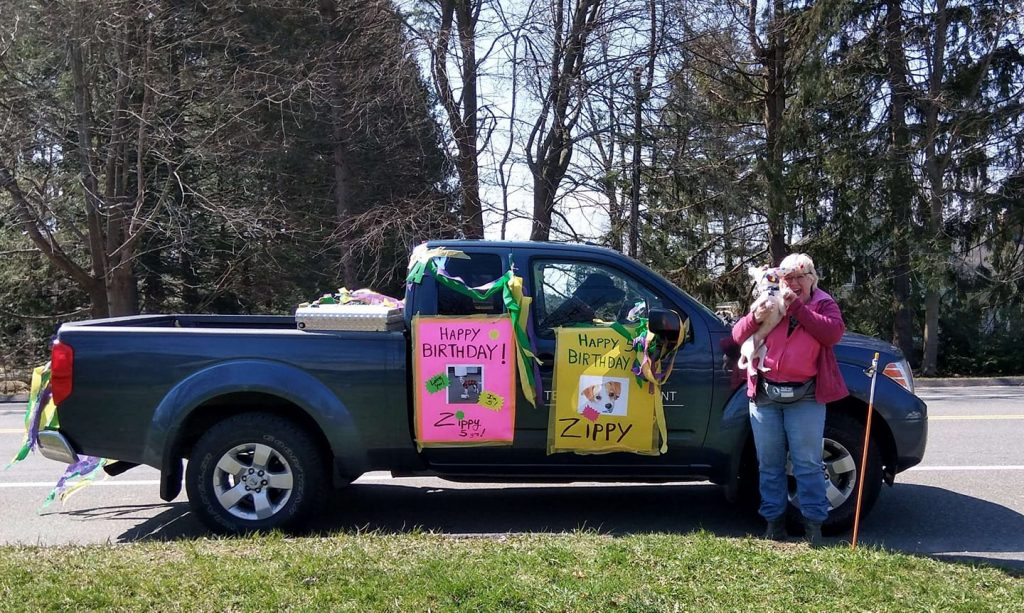
A devoted pet mom and animal lover, Erin gives her whole self to her dogs: Gentleman Bud and Zippy the Wonderpup. And it’s clear they want nothing more than to be with their Mama, even when she’s not dressed up like one of them. Both dogs are so well trained by Erin they are even welcome at her workplace at Habitat for Humanity. Friends always look forward to seeing the latest facebook post from her about her dogs’ accomplishments and antics.
TASP’s appreciation for Erin just keeps on growing. Now that the COVID nightmare is under control in the Northeast, she’ll be managing our Fantasy Photo Events at local weddings, parties and other shindigs around her area. Stay tuned to our website and facebook page for more news about this expansion of our supporters’ favorite fund raiser that will earn more revenue for local pets in need.
Meantime, keep an eye out for Erin and her incredible smile in the Lenox-Pittsfield area. She’s the person every pet and every human wishes to be around……. and once you meet her, it’s a sure thing you’ll agree.
